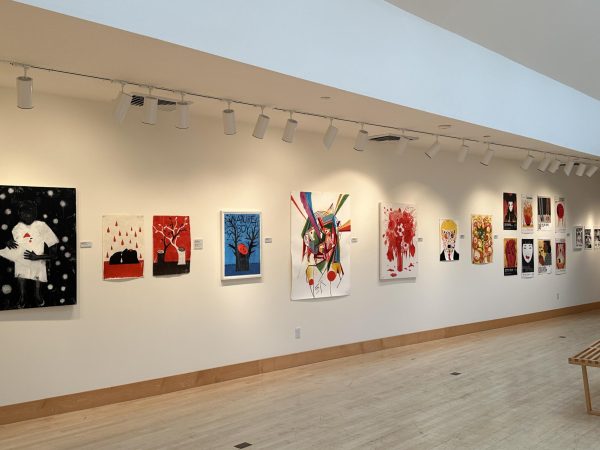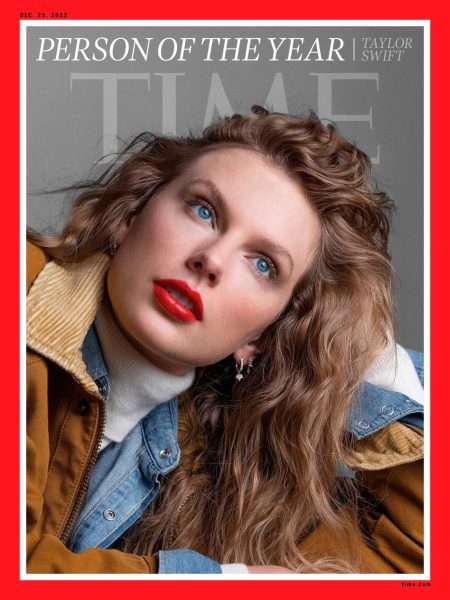Chronicling the Rise and Fall of Taylor Swift
‘Cause, baby, now we got bad blood / You know it used to be mad love / So take a look what you’ve done / ‘Cause, baby, now we got bad blood.
From Tennessee-native country singer to queen of pop, Taylor Swift is thought to have peaked at her album 1989, filled with instant chart toppers such as “Bad Blood” and “Shake it Off.” Snagging ten Grammy nominations and three wins (including the coveted Album of the Year award), 1989 sold 1.3 million copies in the first week.
Now take yourself back to 2008 when “You Belong With Me” was the ultimate party anthem and Taylor was America’s sweetheart. Taylor sat on top of a pop-country empire that seemed impervious to doubt or criticism. Same old Taylor, no?
But contrast both of these intensely successful eras with the first two lead singles of her coming album Reputation, and it seems that Taylor has succumbed to the pressures of the music industry and society at large. While “Look What You Made Me Do” focuses on Taylor’s many feuds, “…Ready For It?” is the most radical change of her career thus far. The titular “reputation” of her new album is now tainted by snakes. The hashtag #taylorisoverparty is trending on Twitter, prompting the question of whether her music will still make the charts despite her falls from grace in the public eye (remember when Kim Kardashian exposed her as a liar?). Even her exclusive and envied “feminist” squad seems to be falling apart at the seams. We get it. The old Taylor is dead, but is the new Taylor enough to keep her relevant?
Perhaps the answer rests in taking a closer look at the statistics surrounding Taylor’s newest songs. It may come as a surprise to some that “Look What You Made Me Do” has been the number one pop song on the Billboard 100 for three weeks and counting – already two weeks more than Bad Blood. As for “…Ready For It?,” the admittedly catchy tune debuted at number four, again beating out many previous successes.
So then we hit a snafu – it certainly feels that anti-Taylor sentiment is at a high, but she’s doing better than she’s ever done. The solution is this: America got the Taylor Swift it wanted, although it won’t admit it. The reserved sadness of “Teardrops on My Guitar” is not sufficient for a changed fanbase.
Maybe it wasn’t Taylor’s good girl image that kept her on top for the last thirteen years, but instead her ability to develop her public persona at the same rate as her fans evolved. Maybe she became the new Taylor because we had grown tired of the old Taylor. We should be applauding her instead of hurling criticism at her. After all, the fans did drive her conversion.
Look what we made her do.






